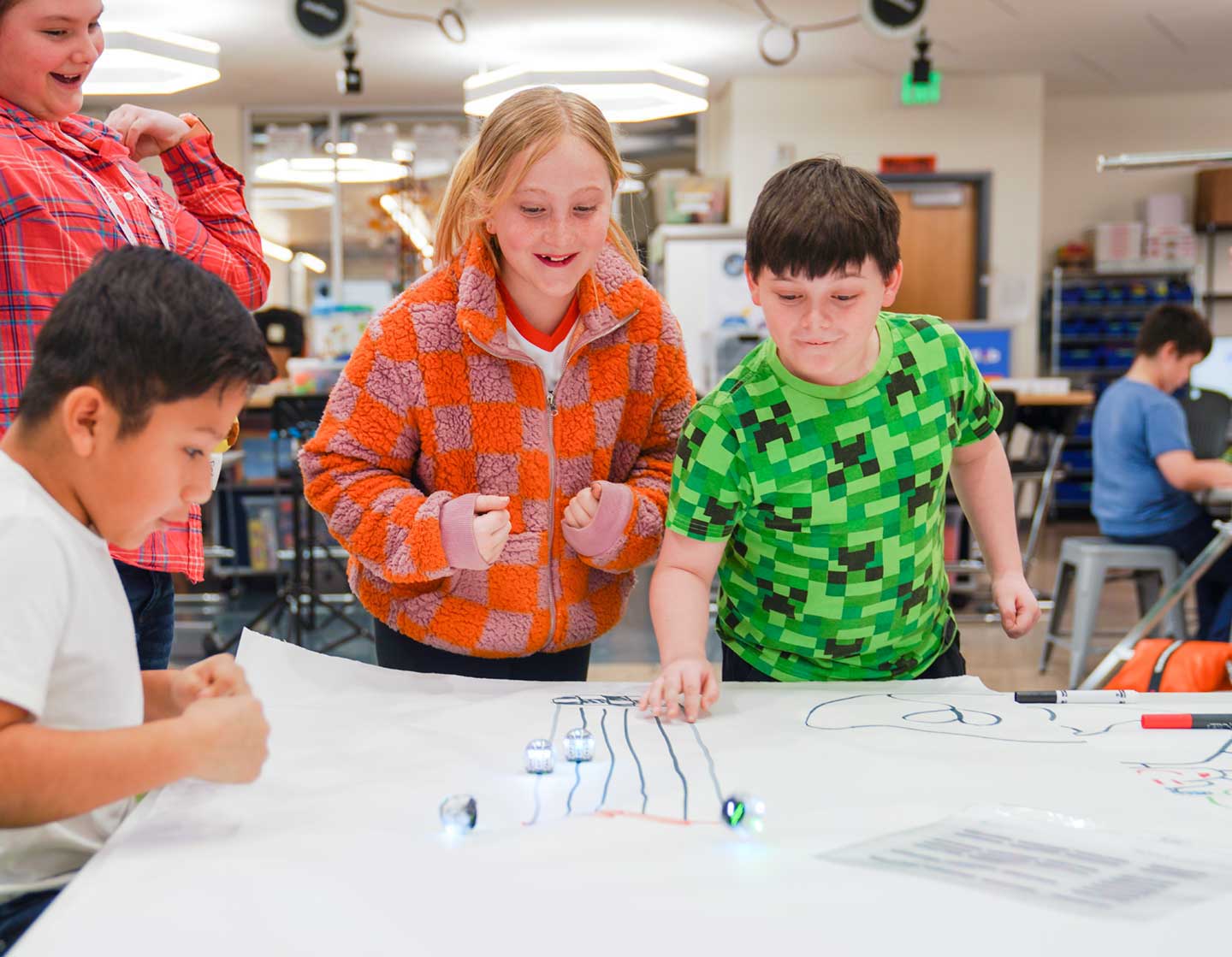
Introduction to Project-Based Learning (PBL)

Imagine a classroom where students are not just passive recipients of information but active participants in their learning journey. This is the essence of Project-Based Learning (PBL). In this innovative approach, education transcends traditional boundaries and invites students to tackle real-world challenges head-on. Rather than memorizing facts from textbooks, learners dive into projects that resonate with their interests and the world around them.
Through PBL, classrooms become vibrant hubs of creativity and problem-solving. Students collaborate, think critically, and develop skills essential for success beyond school walls. It’s an educational model that inspires curiosity and fosters a deeper understanding of complex issues. As we explore the benefits and implementation strategies for PBL, you’ll see how it transforms both teaching practices and student experiences in remarkable ways. Join us on this exciting journey into project-based learning!
The Benefits of PBL for Students
Project-Based Learning (PBL) transforms the educational experience for students. It encourages them to engage deeply with material through hands-on activities. This method nurtures critical thinking and problem-solving skills.
Students often find traditional lectures disengaging. PBL shifts that dynamic by making learning interactive. They collaborate, explore, and create meaningful projects together.
Another significant benefit is the development of social skills. Working in teams fosters communication and teamwork among peers. These are essential life skills that extend beyond the classroom.
Additionally, students can see the immediate impact of their work on real-world challenges. This connection ignites passion for learning and motivates them to pursue knowledge actively.
When students take ownership of their education, they become more invested in their success. The sense of accomplishment from completing a project enhances self-esteem too, paving the way for future endeavors.
Real-World Relevance: Why PBL is Important

Project-Based Learning (PBL) immerses students in real-world challenges. This approach creates a bridge between classroom lessons and the complexities of everyday life.
When students tackle relevant problems, they see the value of their education firsthand. It transforms theoretical knowledge into practical skills. They learn to think critically and creatively as they navigate these projects.
Moreover, PBL fosters collaboration among peers. Students work together, sharing diverse perspectives while building essential teamwork skills. Communication becomes vital when addressing genuine issues.
Engaging with actual world challenges also cultivates empathy and social responsibility. Students become more aware of societal needs and are motivated to find solutions.
This relevance not only enhances learning but prepares students for future careers. They gain experience that employers value: adaptability, problem-solving capabilities, and an understanding of how to impact their communities positively.
How to Implement PBL in the Classroom

To implement project-based learning in the classroom, start by identifying a real-world challenge that resonates with your students. This could range from environmental issues to community needs.
Next, design a clear project framework. Set specific goals while allowing flexibility for student input. Encourage collaboration as teams brainstorm and plan their approach.
Introduce resources and tools that support research and creativity. This empowers students to explore various perspectives on their chosen topic.
Create checkpoints throughout the project timeline. Regular feedback sessions can help guide learning and keep projects on track.
Showcase student work through presentations or exhibitions. Celebrate individual contributions while highlighting teamwork, fostering a sense of accomplishment among all participants.
Examples of Successful PBL Projects
One shining example of project-based learning can be found in a high school environmental science class. Students tackled the issue of local water pollution. They tested water samples from nearby rivers and presented their findings to the community. This hands-on experience not only educated them about environmental issues but also fostered civic engagement.
In another instance, elementary students explored history by creating a museum exhibit on ancient civilizations. Each student researched a specific culture and crafted artifacts to display. This immersive project deepened their understanding while enhancing collaboration skills.
A middle school built a successful PBL initiative around entrepreneurship. Teams developed business plans for imaginative products, complete with marketing strategies and financial projections. They even pitched these ideas to local business owners, receiving valuable feedback that inspired further creativity.
These examples illustrate how real-world challenges ignite passion among students while developing essential skills for the future.
Overcoming Challenges with PBL

Implementing project-based learning (PBL) can present several challenges. Time constraints often top the list. Teachers may worry that they won’t be able to cover all required material within the school year.
Another hurdle is classroom management. Active projects can lead to noise and chaos if not properly guided. Establishing clear roles and expectations helps maintain focus.
Resources also pose a challenge; not every classroom has access to technology or supplies necessary for ambitious projects. Creative solutions, like partnerships with local businesses, can bridge these gaps effectively.
Assessment remains tricky in PBL environments. Traditional tests might fall short of measuring student understanding gained through hands-on experiences. Rubrics tailored for specific projects offer clarity on expectations and outcomes.
Adapting and addressing these obstacles leads to better engagement, ensuring students thrive amidst real-world challenges while developing critical skills along the way.
Measuring Success in PBL
Measuring success in project-based learning (PBL) can be multifaceted. Traditional tests often fail to capture the depth of student understanding and engagement.
Instead, consider using rubrics tailored to specific projects. These provide clear expectations and allow for a more holistic assessment of skills like collaboration, creativity, and critical thinking.
Peer assessments are also valuable. They encourage students to reflect on their own contributions while evaluating their classmates’ efforts. This promotes accountability within group settings.
Feedback from students is crucial too. Gathering insights about their experiences helps educators refine future PBL initiatives.
Tracking long-term retention of knowledge offers another layer of measurement. If students can apply what they learned months or even years later, that indicates meaningful engagement with real-world challenges they faced during PBL activities.
Conclusion: The Impact of Project-Based Learning on Student Engagement and Achievement

Project-Based Learning transforms the traditional classroom dynamic. It immerses students in real-world challenges that spark curiosity and foster collaboration. By engaging with practical problems, students gain essential skills that go beyond textbooks.
The impact of PBL on student engagement is profound. When learners tackle projects relevant to their lives, they invest more time and effort into their education. This involvement can lead to increased motivation and a sense of ownership over their learning journey.
Achievement also sees significant improvements through this method. Students develop critical thinking skills as they navigate complex tasks, preparing them for future endeavors in higher education or careers. The hands-on approach makes concepts clearer and retention stronger.
As educators embrace project-based learning, the educational landscape shifts towards a more interactive experience where students thrive academically while developing vital life skills. The opportunities are endless when we connect learning with real-world applications, creating not just better students but well-rounded individuals ready to face tomorrow’s challenges head-on.



Leave a Reply